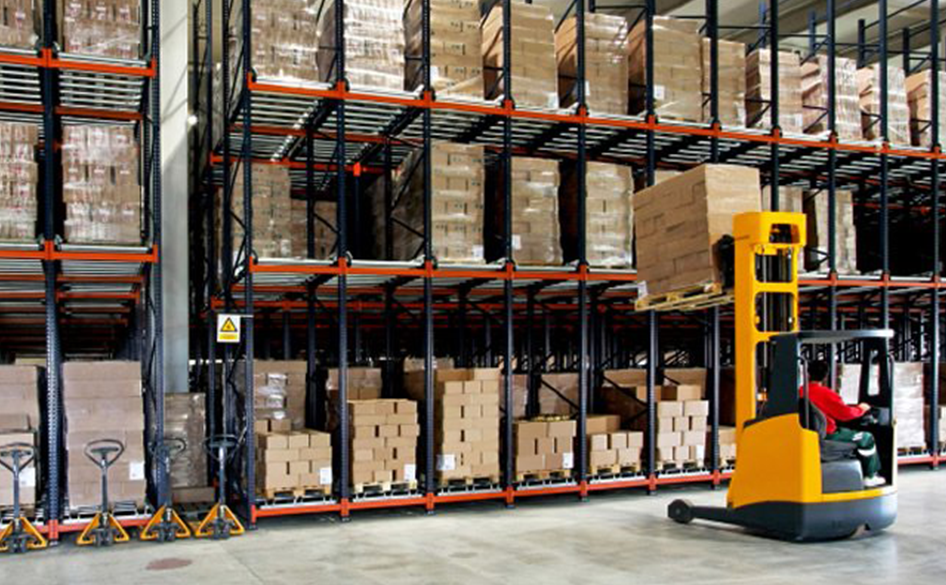Inventory management can be tough, especially when products are spread across locations or not tracked properly. While Telesto: Inventory Management System handles much of the workload, smart inventory control principles are still key to success.
This is where the 80/20 rule becomes a game changer. Used effectively, it helps you focus on what really drives profits and improves your inventory flow.
What is the 80/20 rule?
The 80/20 rule, also known as Pareto’s Law, states that 80 percent of outcomes come from just 20 percent of causes. In business, this often means a small portion of inputs or actions generate the majority of results.
The law is named for Vilfredo Pareto, an Italian economist who studied land ownership in Italy in the early 20th century and found that roughly 20 percent of the population held about 80 percent of the land. For this reason, Pareto’s law is often referred to as the “80/20” rule.
The 80/20 Principle: The Secret of Achieving More with Less
by Richard Koch
Inventory management and the 80/20 rule
In inventory control, the 80/20 rule means that about 20 percent of your stock typically generates 80 percent of your profit.
The same principle shows up in other ways too: 80 percent of purchases may come from just 20 percent of your suppliers, or 80 percent of warehouse space might be used by just 20 percent of your product lines.
A practical application of this is ABC analysis, a method for grouping items based on their value to your business.
It splits your inventory into three categories based on profitability and movement:
Category A: Most valuable (top 10% of items)
Category B: Moderately valuable (next 20%)
Category C: Least valuable (remaining 70%)Your top sellers (Category A) need your focus. These items bring in the bulk of your revenue, so it’s critical to keep them stocked and visible. Prioritizing these can guide how you spend your time, budget, and shelf space.
In short: identify your best performers, keep them available, and consider dropping slow-moving products that tie up space and cash. This approach reduces waste and boosts efficiency without needing more investment.
